Winner of the 2021 WLA Awards – Student Awards – Award of Excellence – Research category
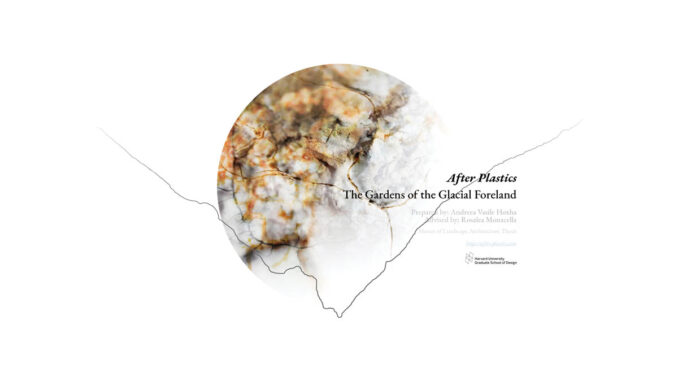
113 years from the invention of Bakelite (first fully synthetic plastic compound), the world is facing an extraordinary phenomenon with unknown conditions on its impact on human and non-human health: microplastics dispersal in the most remote places on Earth. These microscopic particles (<5mm), most often invisible to the eye, are saturating the water systems, the soil, and the air we breathe. As their concentration rates will continue to exponentially increase, the risk of them affecting some of the most diverse and healthy ecosystems around the globe becomes a major concern, augmented by the broader implications of climate change.
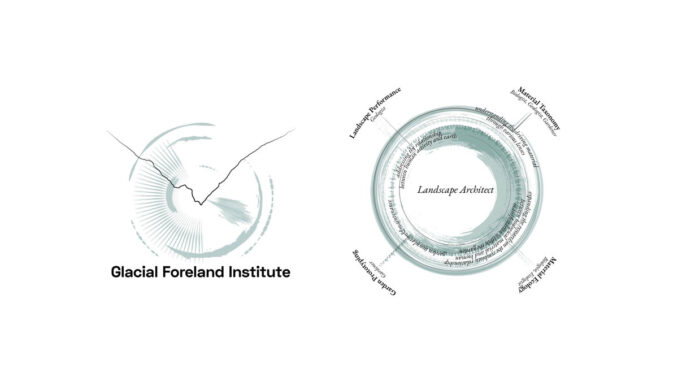
The largest glacier in the Swiss Alps – Aletsch Glacier – is directly affected by the atmospheric microplastics dispersal. Currently found under a rapid state of retreat, projected to reduce its size almost entirely by 2100, the glacier is encountering a new geological stratum of microplastics that have been depositing in the region. As the ice layer melts, these particles will soon meet the sub-strata of ancient dormant lichens and fungi, creating an unprecedented scheme for the development of a peculiar material ecology.
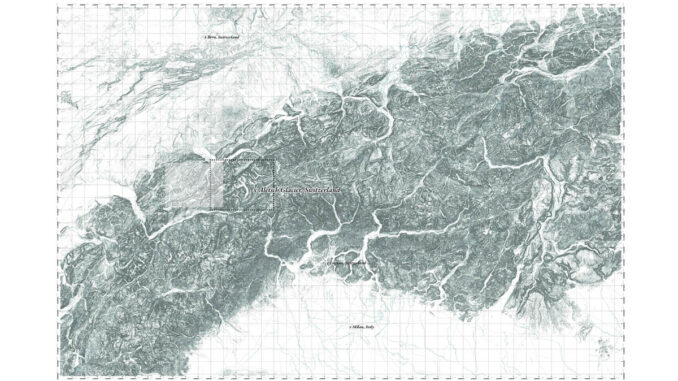
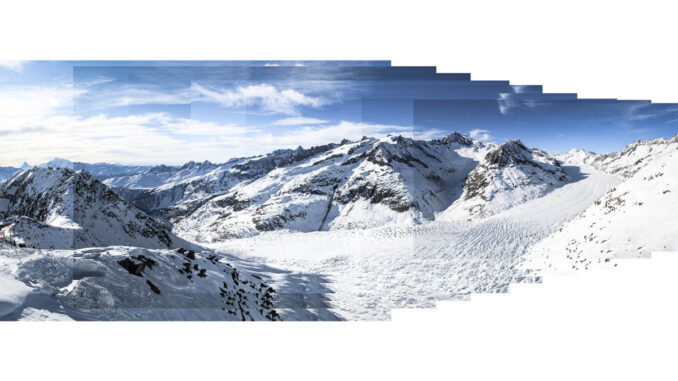
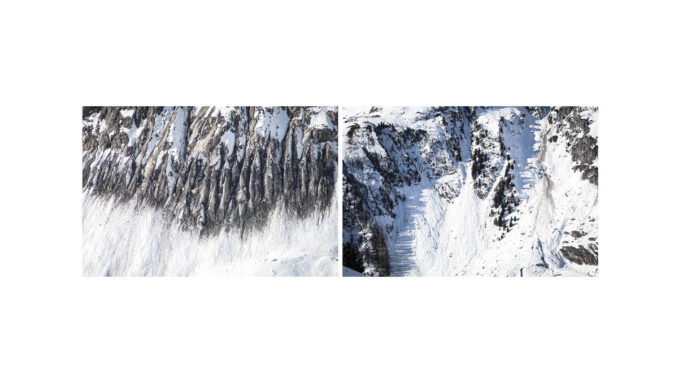
After Plastics: The Gardens of the Glacial Foreland is a transitional landscape – from glacial to post-glacial – where microplastics play a critical role in the development of a new plant growth pattern, strategically augmented through the intervention of the landscape architect in close collaboration with the gardener, geologist, biologist, mycologist, and ecologist. The production of the garden is in continuous evolution as the landscape is perpetually reformed through a new compositional stratum of the post-Anthropocene material: plastics. Its operation relies on a metabolic process that transforms and transfers novel material conditions between an interconnected web of mycelium, slime mold, ancient lichens awakened from their dormant state, and a wide range of Allium species. Each biological material has a unique function in the metabolic system: slime mold is a carrier, the lichen is a node, and the mycelium becomes a trap + filter mechanism. As a whole, the three of them form a distribution network that mitigates the microplastic concentration levels needed for the growth of Allium. Scientific research has discovered that crops of spring onion thrived in soils saturated with polyester fibers and polyamide beads due to an unexpected host-parasite relationship between the microplastic particles and arbuscular mycorrhizal fungi (AMF). The mycelium attached itself to these particles rich in nitrogen, while, simultaneously, attached itself to the roots of the onion, augmenting its growth by exchanging nutrients.
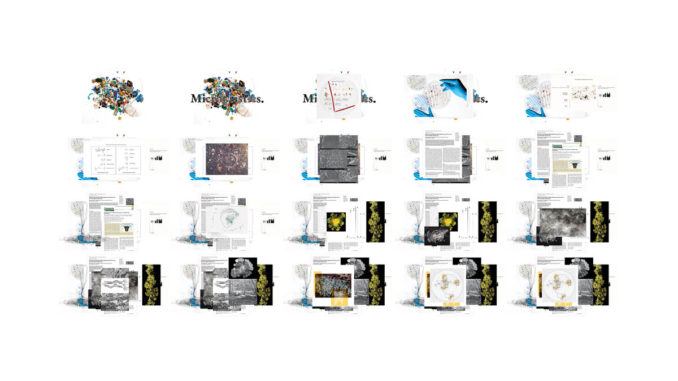
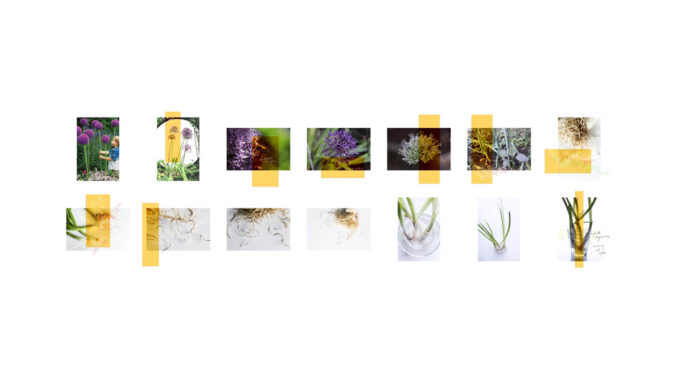
Image credit: Emil Onea
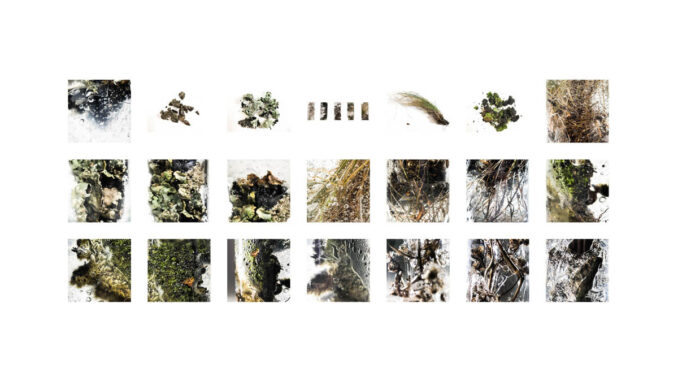
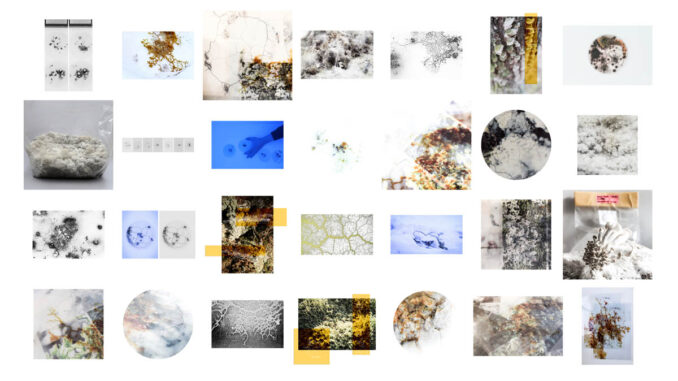
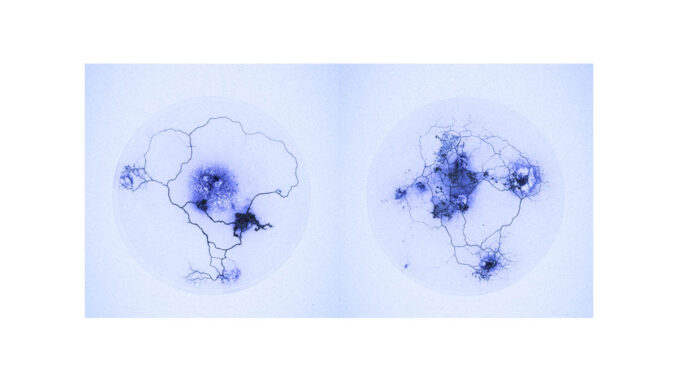
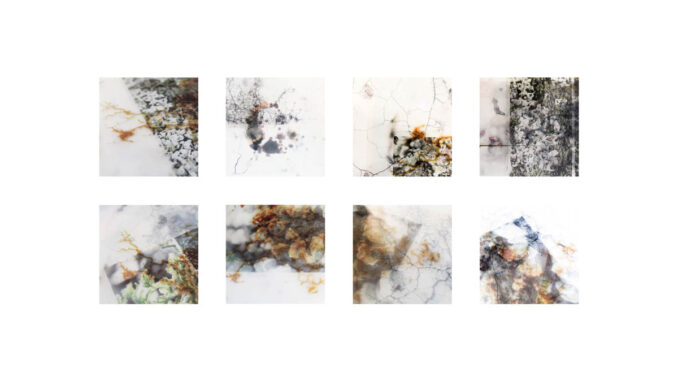
The project questions the potential emergence of microplastic particles in the most pristine places on Earth over the next two centuries and the imminent implications on landscape systems and their formation through parallels between geological and biological time scales. Organized in a series of laboratories within the proposed Glacial Foreland Institute (GFI) – Material Taxonomy, Material Ecology, Landscape Performance, and Garden Prototyping – After Plastics engages in a telescopic lens from the emerging micro scalar ecologies of biological structure and chemical compounds to the larger scale of networks and flows that generate new material ecologies.
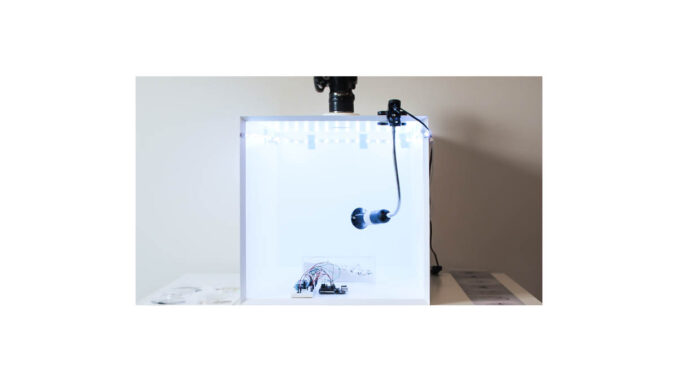
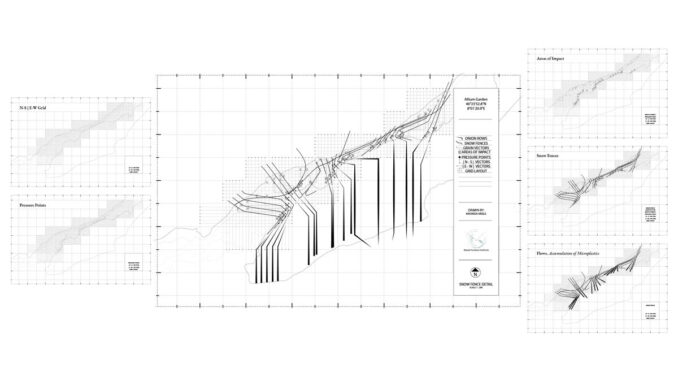
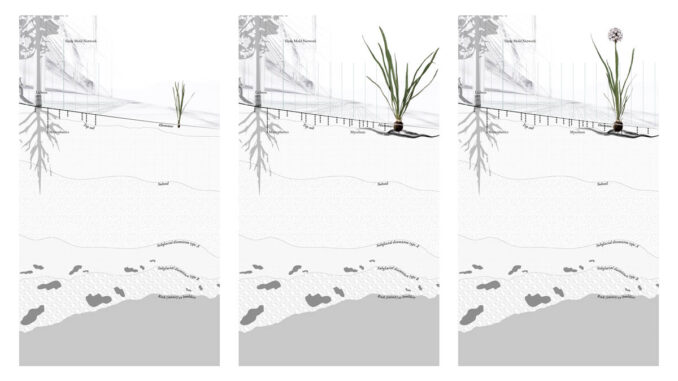
In the context of Aletsch Glacier and similar geologies across the globe, the deployment of such unique material exchanges pushes the limits of the current landscape fabrication principles, tools, and processes, as the designed artificial structures supporting the growth of a new ecology rely on a procedure of inoculation which, ultimately, generates the anthropogenic ground. Thus, the incredible potential for further studies within the landscape architecture field and beyond, using After Plastics as the catalyst, lies in deeply understanding and advancing the bounds of biological matter as a mean for interchangeable design and fabricate landscapes from micro-scalar interventions to large territories.
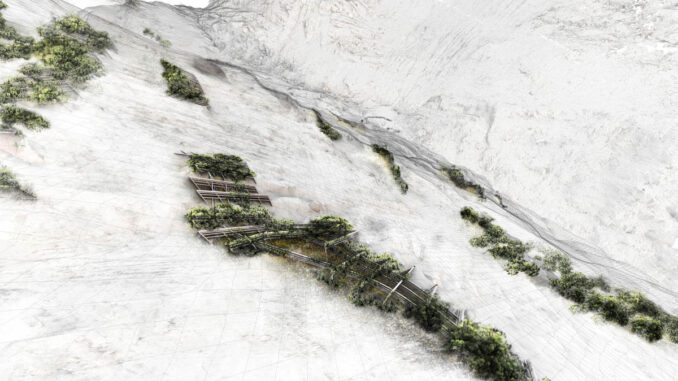
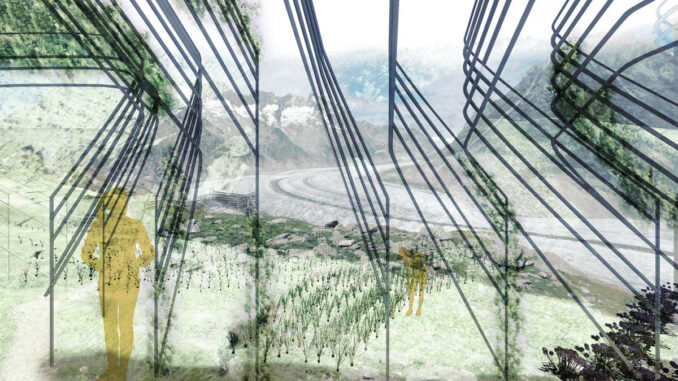
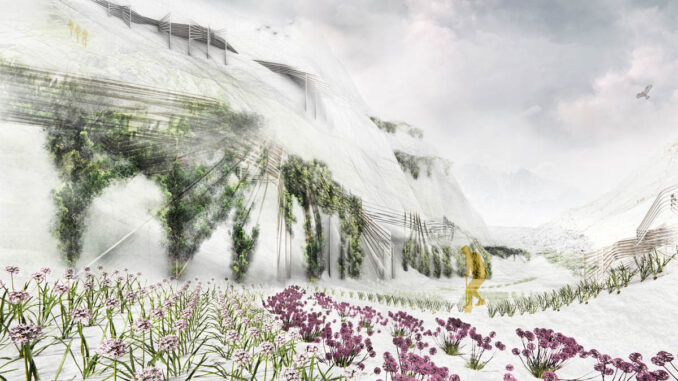
After Plastics: The Gardens of the Glacial Foreland
Student: Andreea Vasile-Hoxha, Harvard Graduate School of Design
Thesis Adviser: Dr. Rosalea Monacella
Thesis Coordinator: Charles Waldheim
Images Credit: Andreea Vasile-Hoxha (unless otherwise noted)

